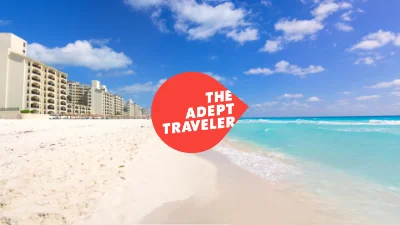Located in Vienna, Austria, Schönbrunn Palace is one of the most iconic landmarks in Europe. Easily recognized by its distinctive yellow façade, the Baroque palace dates back to the 17th century and served as the summer residence of the Habsburg monarchs. Formerly known as Katterburg, the palace was acquired by Emperor Leopold I and given to his son, Prince Eugene of Savoy, who renovated it in the Baroque style. The palace consists of a main building, a garden, and a park and is big enough to house 1441 rooms.
The grandeur of Schönbrunn Palace is astounding. From its grand entrance to the various grand apartments and state rooms, the palace offers travelers a glimpse into Imperial Austria and the life of the Habsburgs, who resided here for centuries. The vast Baroque gardens are among the most beautiful in Europe and offer beautiful sculptures, fountains, and trees. The palace also houses many important works of art and historical artifacts, making it a must-see destination.
A visit to Schönbrunn Palace begins with a tour of the palace’s interior, where visitors are given an introduction to its history and architecture, as well as its collections of furniture, paintings, and rare books. The next stop is the Garden, which is divided into two sections, the Park and the Grand Parterre. The Park features beautiful trees, fountains, statues, and sculptures and covers an impressive area of over 200 acres. Meanwhile, the Grand Parterre has been carefully landscaped and contains a wide variety of trees, statues, and flower beds.
The palace is also home to the famous Spanish Riding School, which is a famous equestrian performance. The performance was created by Emperor Ferdinand I and was originally intended for the education of his son, Maximilian II. Today, visitors to the palace can enjoy performances by the world’s best riders and horses, giving them a unique opportunity to see the traditional sport of dressage.
Aside from the main palace building, there are many other attractions in the area, including the Gloriette and Neptune Fountain. The Gloriette is a 600-foot-tall pavilion located at the highest point in the palace’s park. It was constructed in the late 18th century to commemorate Emperor Leopold I’s victory over the Turks in the 1683 Battle of Vienna. The Neptune Fountain was built in the same period and features a statue of Neptune, god of the sea.
Visiting Schönbrunn Palace is a truly remarkable experience. Its grandeur and beauty are unparalleled and make it an iconic destination for travelers from around the world. Its history and significance to the Habsburg monarchy should not be overlooked and should be appreciated by all visitors. From its grand apartments and state rooms, to its gardens and equestrian performances, Schönbrunn Palace is undoubtedly one of Europe’s most remarkable places to visit.











